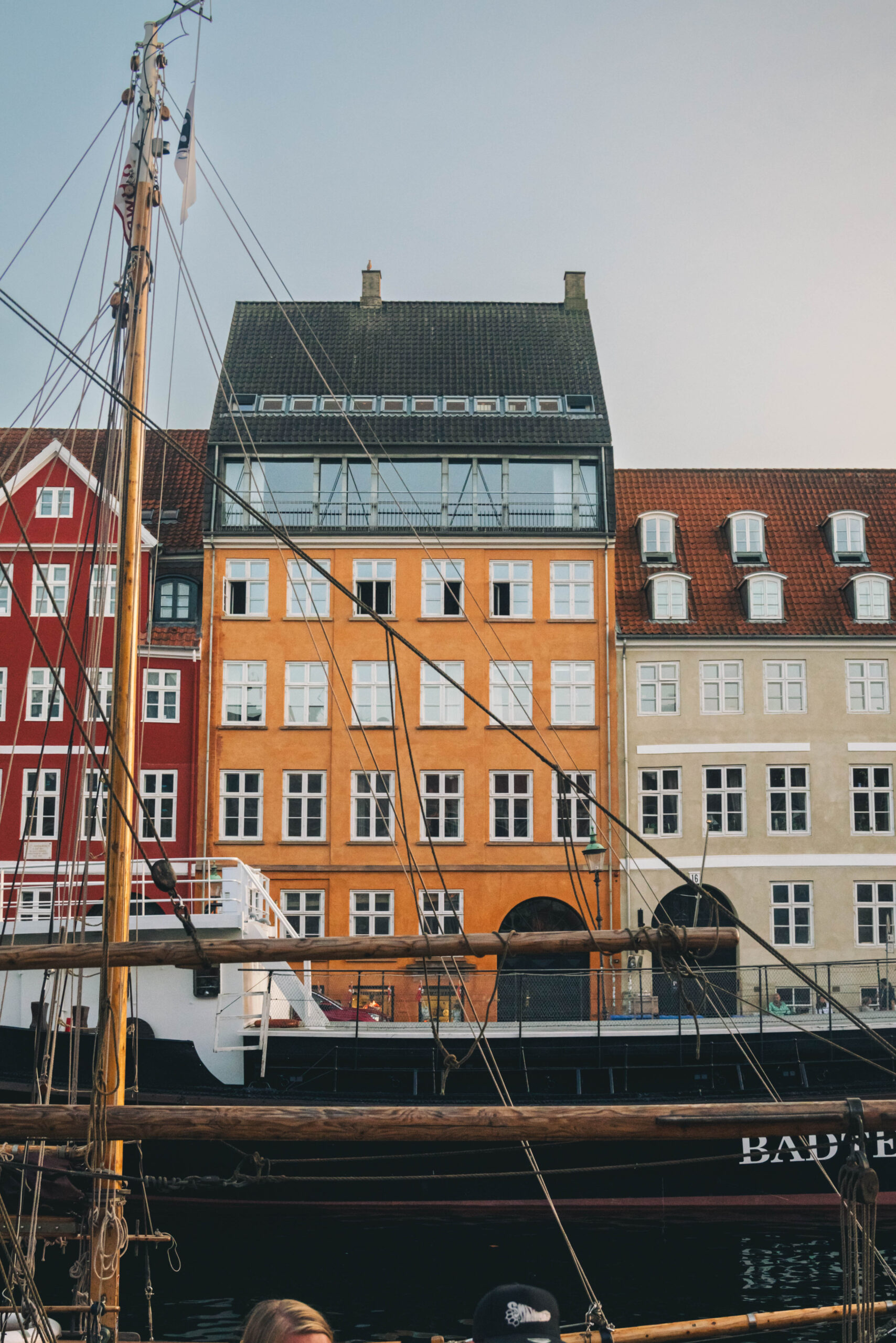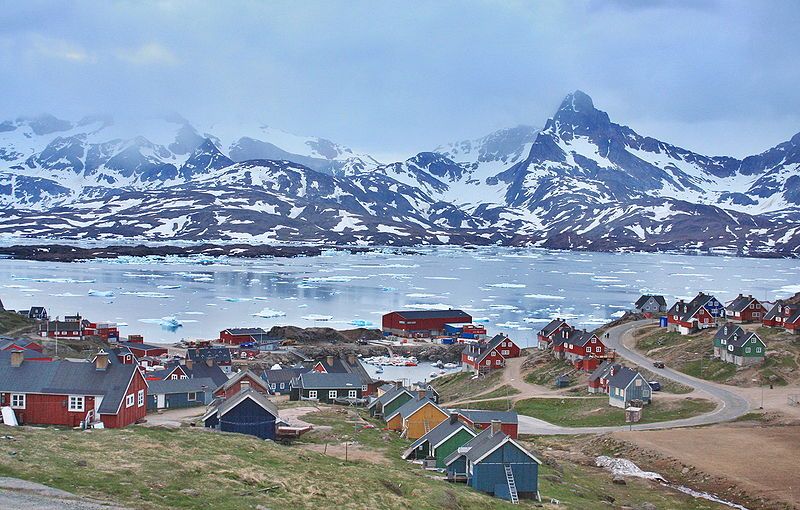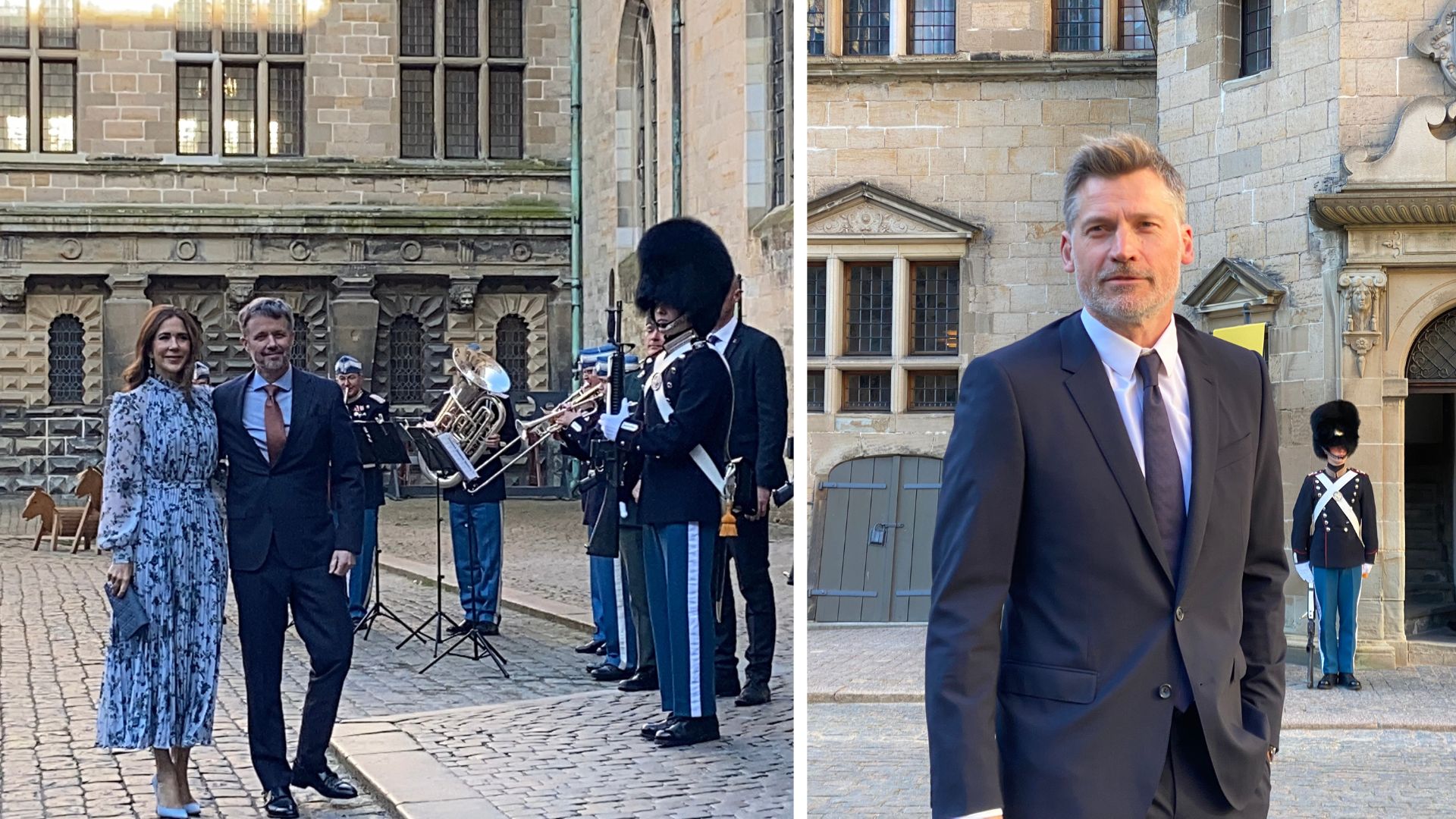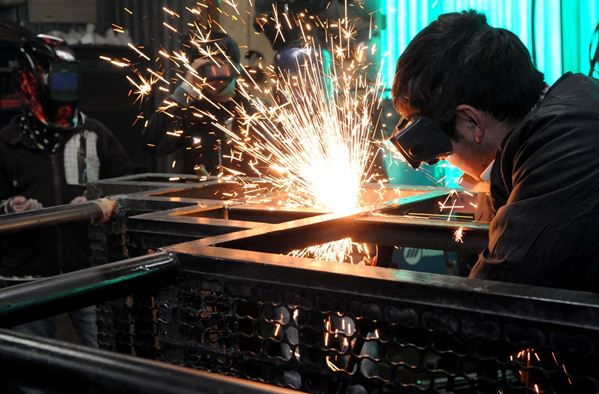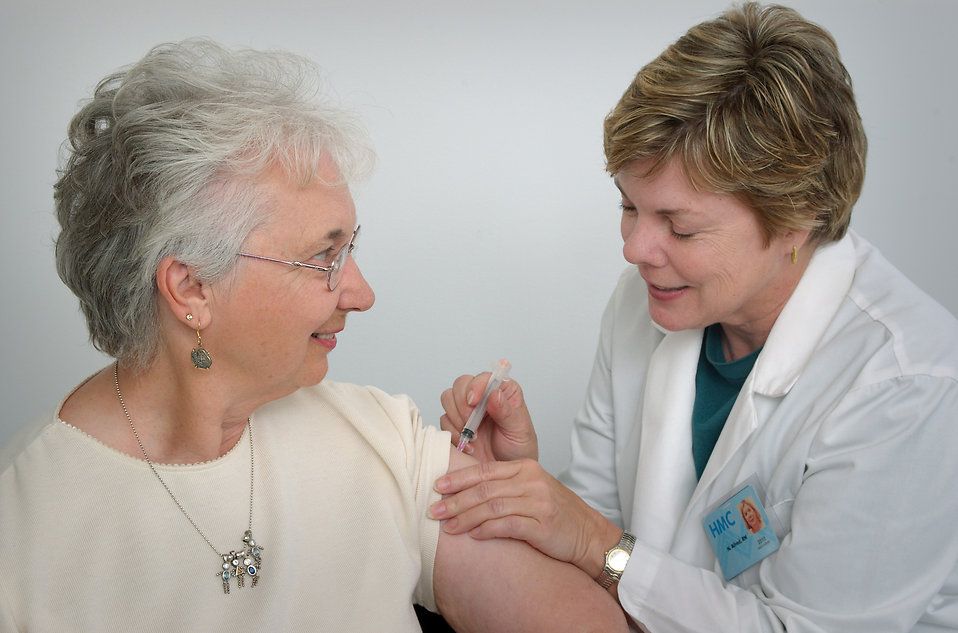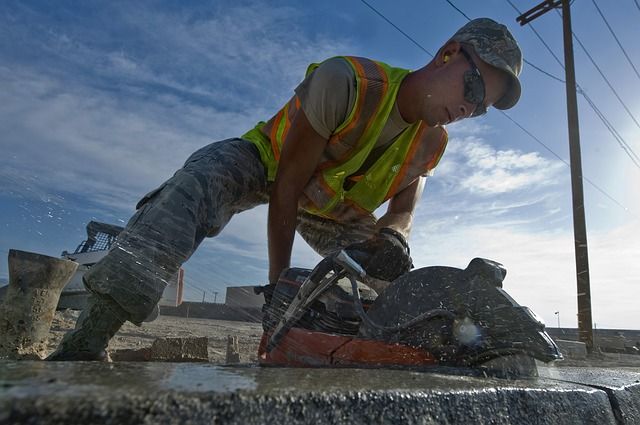Danish scientists have developed a new method that can help determine whether Vikings settled on Greenland to trade walrus tusks in the 10th century, reports magazine Videnskab.
For years, archeologists have been wondering whether the trade of walrus tusks was so attractive it would make Vikings travel thousands of kilometres across the Atlantic and settle down in Greenland, far away from everything.
Concrete archaeological finds or written documents simply do not exist, and until now scientists have lacked a reliable method that would help them determine the origins of walrus artefacts found in Viking settlements.
It feels ‘huge’
“For the first time ever, we have got a promising tracking system. It feels huge and somehow a little unrealistic, ” Karin Margarita Frei – a senior scientist at the National Museum of Denmark, who has helped develop the new method – told Videnskab.
Frei, a world-known scientist, has developed a method that can track where a person lived and travelled during different periods of their life by using the chemical element strontium.
However, the levels of strontium are the same in all the world’s oceans and therefore this method cannot be used on walruses.
Tracking levels of lead
Thus, when a group of Canadian researchers found differences between modern walruses could be determined by checking for the chemical lead, Frei and her husband Robert, a bio-archaeologist and researcher at Aarhus University, started to investigate whether the same could be done in the case of walrus tusks from the 10th century.
Based on previous archaeological findings, scientists have concluded the trade in walrus tusks was very important for ‘Greenland Vikings’, known as the Norse, and they know with certainty the trade existed between Greenland and northern Europe in the 12th and 13th centuries.
With the new tool, archaeologists will be for the first time able to get a clear answer to whether this is also true for the 10th century or not.
The development of the new method is still at an early stage, and museums are reluctant to lend their walrus artefacts for testing as the scientists cannot promise to return them undamaged.



